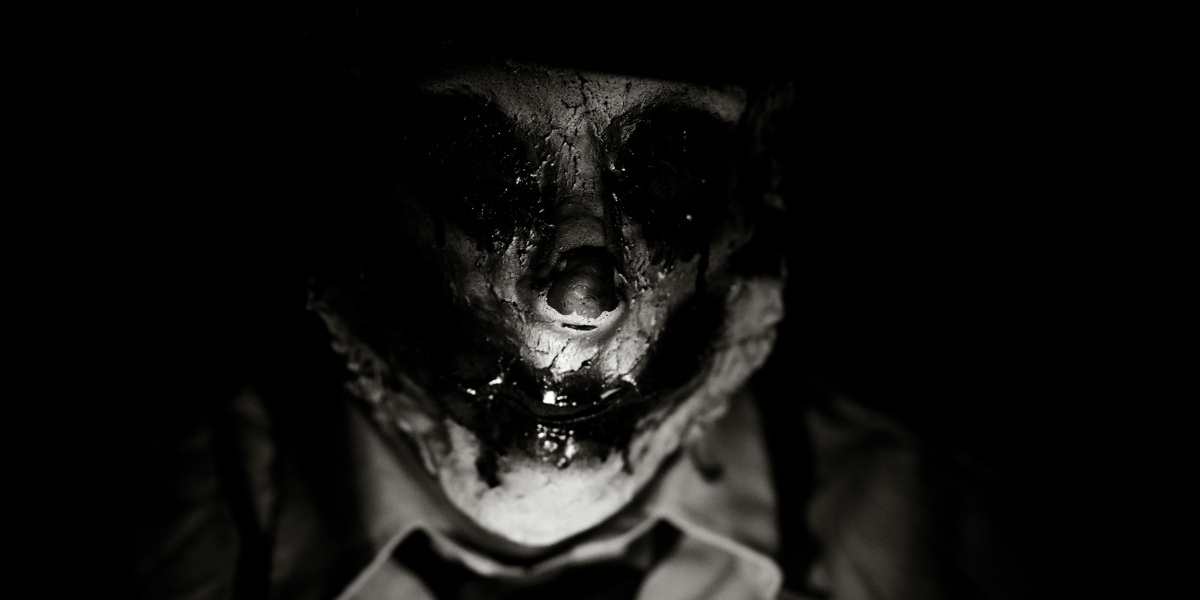By: Sara Wild
In the crowded landscape of contemporary fiction, few authors take on the kind of ambitious artistic challenges that Tejas Desai thrives on. His newest release, Bad Americans: Part I (2025), is not just a book—it’s a literary experiment, a social mirror, and a daring continuation of his grand series The Human Tragedy.
The book comes out of an audacious premise: what if you combined the depth of a novel, the variety of a short story collection, and the narrative cohesion of a concept album? That’s exactly what Desai set out to do, and the result is a panoramic portrait of America during the Covid-19 pandemic, unlike anything else on the shelf.
A Frame Novel for a Fragmented Era
At its core, Bad Americans is a frame narrative: a group of diverse characters are quarantined together in the mansion of a billionaire tech magnate during the height of the pandemic. To pass the time—and to make sense of their lives—they tell stories. Each story, fully fleshed out, reveals another facet of America in crisis: from issues of race, class, and sexuality to debates around abortion, immigration, MeToo, greed, compassion, and survival.
The idea didn’t come out of nowhere. While studying abroad at Oxford during the shadow of 9/11, Desai immersed himself in Giovanni Boccaccio’s The Decameron, the 14th-century collection of tales told by nobles hiding from the Black Death. That experience planted a seed. “From that moment on, I wanted to challenge myself to write a contemporary frame narrative with short stories, where the frame narrative also worked as a novel,” he says.
A Modern Decameron—But More
While comparisons to The Decameron or even The Canterbury Tales are inevitable, Desai insists Bad Americans is something different. Where Boccaccio’s storytellers were aristocrats, Desai’s characters are a mix of professions, races, classes, and sexualities, reflecting the diversity of 21st-century America. They fight, flirt, and fumble their way through isolation—interacting not just as storytellers, but as complex human beings whose dramas rival those in their tales.
And while Chaucer left The Canterbury Tales unfinished, Desai delivers a robust frame that is as compelling as the stories it contains. “The characters are fully human like in a Balzac novel,” he explains, referencing his literary hero. “They date, flirt, fight, and sometimes fall in love. And always in the background is the threat of the virus, which could invade their ‘safe space’ at any time.”
A Pandemic Born of Reality
Desai’s pandemic setting isn’t just a narrative device—it’s lived experience. Living in hard-hit Queens, New York during Covid-19, he began shaping the book while surviving the darkest days of lockdown with his family. “I wanted the book to be as realistic a mirror of the Pandemic Experience as possible,” he recalls. That meant not only writing vivid, gritty realism, but also reaching out to beta readers who shared the backgrounds of his characters—professionally, racially, sexually—to ensure accuracy and depth.
The result is a book that feels as raw and layered as the time it reflects.
Reinventing Publishing
Even the way Desai released Bad Americans pushes boundaries. Instead of dropping a single massive tome, he chose to publish the 12 stories separately, releasing them one by one like singles leading up to an album. “I realized that if musicians could release singles month by month until the full album dropped, why couldn’t I do the same with literature?” he says. “In many ways, Bad Americans is a big literary concept album.”
This radical structure echoes Desai’s broader mission with The Human Tragedy, the sprawling series of which Bad Americans is the second installment. Inspired by Honoré de Balzac’s The Human Comedy, Desai aims to capture 21st-century New York—and by extension, America—with the same sprawling, suprarealistic intensity Balzac brought to 19th-century Paris.
Craft, Challenge, and Vision
The stories themselves, Desai admits, were “relatively easy” to write. The harder part was the frame: shaping it enough to keep readers engaged without over-crafting it, keeping a sense of messy realism while still delivering narrative drive. Even details like the book’s much-discussed food descriptions were deliberate—meant to highlight the abundance available to the wealthy characters inside the mansion compared to the scarcity outside.
The result is a work that defies categorization. It’s a novel, but also a collection. It’s literature, but also entertainment. It’s intimate, but also sweeping. “I wanted to craft something that had never been done before,” Desai says. “A book that works as both a novel and a short story collection. A defining portrait of an important time in American, and human, history.”
The Bigger Picture
Bad Americans: Part I isn’t just about a pandemic. It’s about who we are as a society—our fractures, our resilience, our flaws, our humanity. Like a Bosch painting or a Brueghel tableau, its stories create a vast mural of contemporary life, showing multiple dramas unfolding all at once.
For Desai, this is only the beginning. With Part II of Bad Americans already planned for 2026, and more volumes of The Human Tragedy on the horizon, he continues to position himself as one of the most innovative voices in American literature.
And for readers, Bad Americans is not just a book to read—it’s a book to experience.
You can find Bad Americans: Part I on Amazon now.






